- Long before camera phones and selfie sticks, photography was a rare and special event.
- Unlike today, where you can walk into any studio, pose, and walk out with crisp edited pictures, back in the day, photography was a luxury.
Long before camera phones and selfie sticks, photography was a rare and special event. Unlike today, where you can walk into any studio, pose, and walk out with crisp edited pictures, back in the day, photography was a luxury.
It only happened during big occasions like Christmas Day, weddings, or school closing days.
The only people with cameras were the elderly men, respected in society for their craft. With their big film cameras hanging from their necks, they were like celebrities. And their transport? Bicycles!
You’d often spot one cycling through the market or village, wearing a hat and whistling as he searched for clients. We used to joke, “If the camera guy passes your home, your photo is loading!”
Everyone gathered when the camera man arrived. You’d wear your Sunday best, polish your shoes until you could see your reflection, and stand still like a statue.
Read More
He’d pose you properly, tilt your head, and ask you not to blink. And then click! — one shot, one chance. If you blinked, that was it. No retakes. Then came the long wait. Weeks would pass before your printed photo arrived, carefully wrapped in a brown envelope.
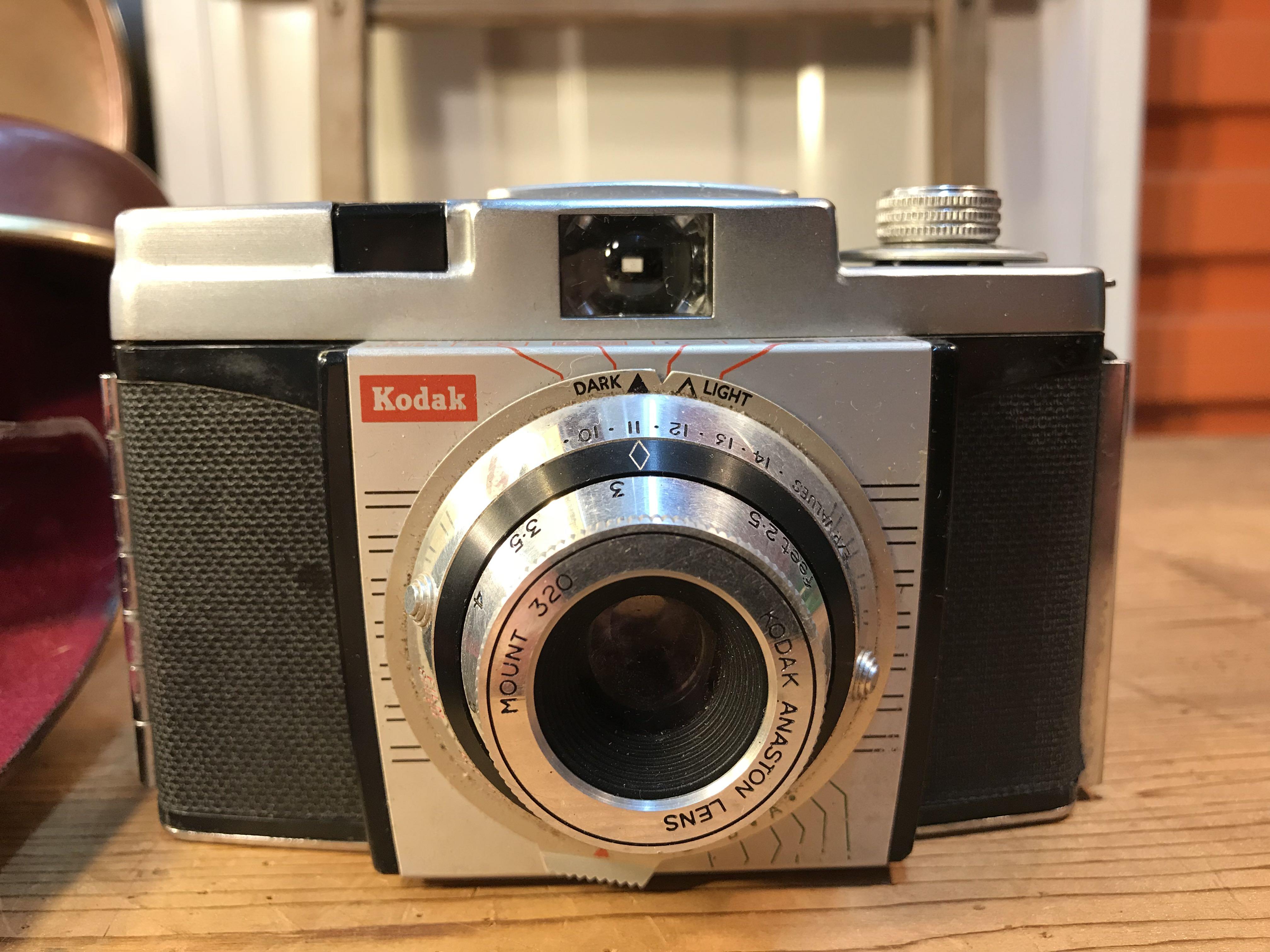
It was a big reveal you’d hold it with both hands, and everyone would gather to see. Sometimes, someone would burst out laughing and say, “Hii picha yako imeungua!” (Your photo got burnt!) Meaning the exposure was too much and you looked like a shadow.
Despite the flaws, those photos were treasures. They’d be kept in albums, stuck on the wall next to the president’s portrait, or hidden inside Bibles for safekeeping. They weren’t just pictures they were memories captured forever.
Today, photos are everywhere. But back then, one printed photo could carry the weight of a lifetime.

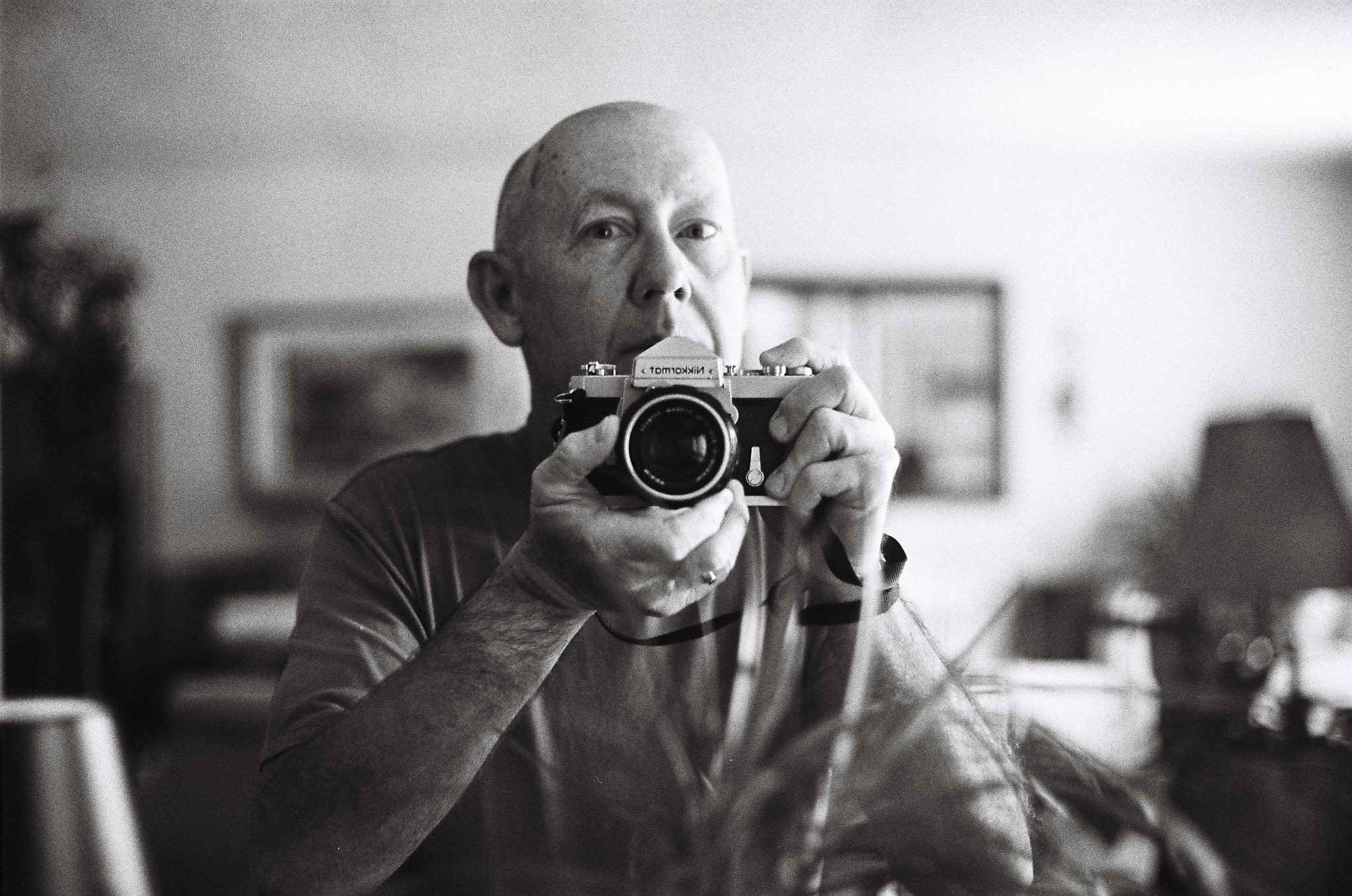
-1758359783-md.jpeg)
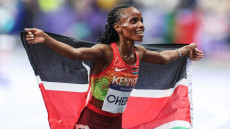
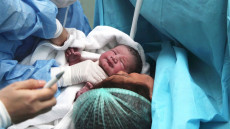
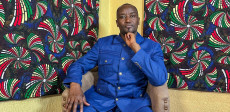
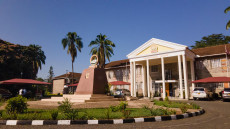

-1758359783-sm.jpeg)



